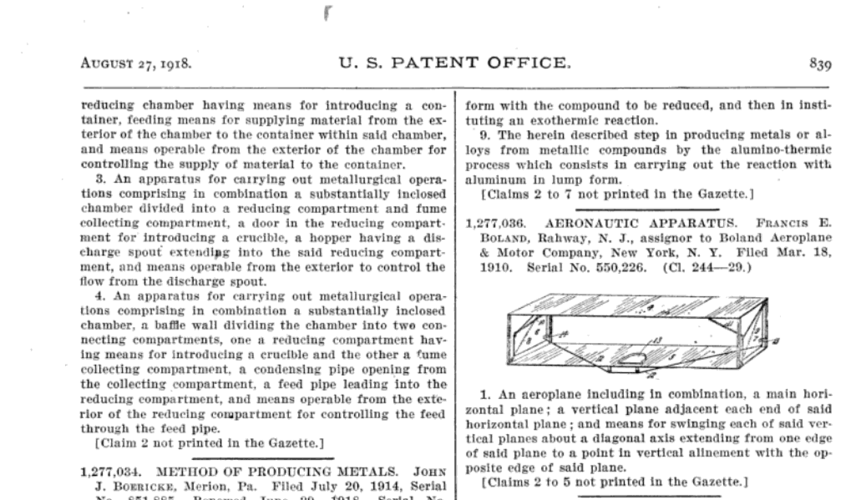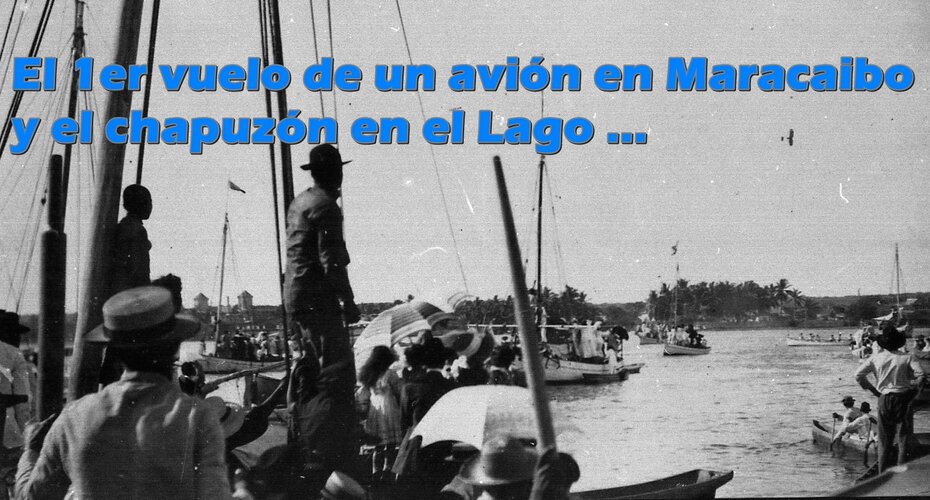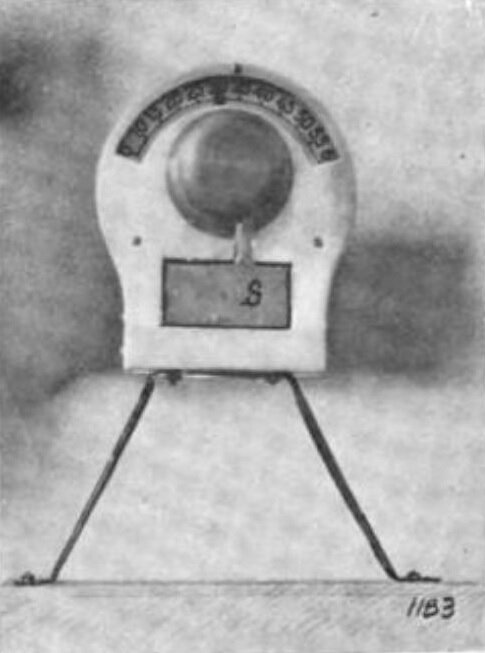Description of the Military Scout from Boland brochure:
The Military Scout model, in its original form was the Boland Tailless Biplane. A hull with a "sub-bottom" designed to "protect the boat proper, and have equipped it with an efficient form of 'disappearing' running gear and shock absorbers, operated by a pedal. The boat is provided with a cockpit, seating two people, either or both of whom may operate the machine. These seats are placed side by side, one slightly in advance of the other, as the Boland machine requires but little to operate. The hull consists of a framework of ash and mahogany covered with a thin spruce which is in turn covered with water-proofed linen. The bottom is of the spruce and oak with linen between. Some wires are used in the bracing but as far as possible mahogany is employed. The disappearing running gear consist of two 20 x 3- inch wheels with rubber shock absorbers supported on arms of tubing which are hinged. When the locking device is released, the wheels swing up out of the water. Spars, ribs, struts and outriggers are of spruce. Ash is used for skids and control yokes. Welded steel fittings are used throughout to accomplish a saving of much weight and many bolts. The jibs are placed in the usual way except that they are inclined a little inward to eliminate the neutral interval. the dual control is a simple yoke which works back and forth to operate the elevating plane, and two sheaved wheels, side by side, with a single cable actuating the jibs. The starting handle is above the cockpit. All necessary gauges and tachometer which are placed in front of seats on dash are supplied as regular equipment. The motor is placed in the rear and propeller is fitted just above, with a chain drive. The Military Scout is essentially a machine built for service with plenty of reserve power always at hand. The wheel base is purposely made very short to enable quick ascent from cramped quarters, small enclosures or the deck of a warship."















